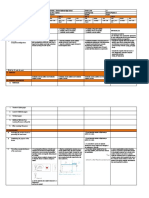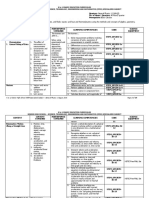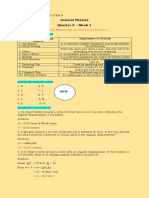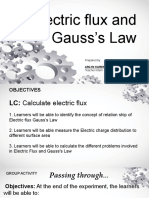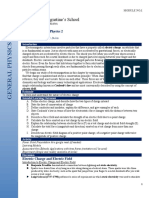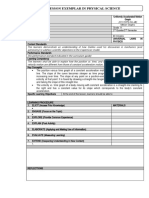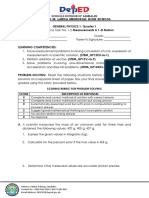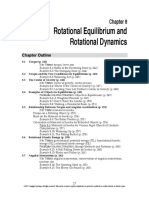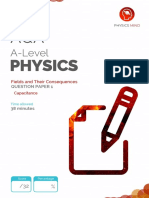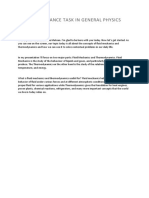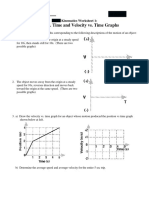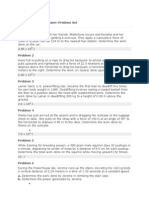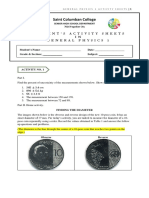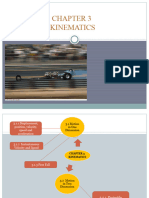0% found this document useful (0 votes)
326 views26 pagesModule 2 - Motion in One-Dimension
The document discusses concepts related to motion in one dimension, including position, displacement, velocity, acceleration, and kinematic equations. It provides examples of motion with constant acceleration, such as free fall motion. Graphs are used to illustrate velocity, position, and acceleration over time for examples involving cars accelerating and decelerating.
Uploaded by
Madrid Jay RowellCopyright
© © All Rights Reserved
We take content rights seriously. If you suspect this is your content, claim it here.
Available Formats
Download as PDF, TXT or read online on Scribd
0% found this document useful (0 votes)
326 views26 pagesModule 2 - Motion in One-Dimension
The document discusses concepts related to motion in one dimension, including position, displacement, velocity, acceleration, and kinematic equations. It provides examples of motion with constant acceleration, such as free fall motion. Graphs are used to illustrate velocity, position, and acceleration over time for examples involving cars accelerating and decelerating.
Uploaded by
Madrid Jay RowellCopyright
© © All Rights Reserved
We take content rights seriously. If you suspect this is your content, claim it here.
Available Formats
Download as PDF, TXT or read online on Scribd
/ 26







